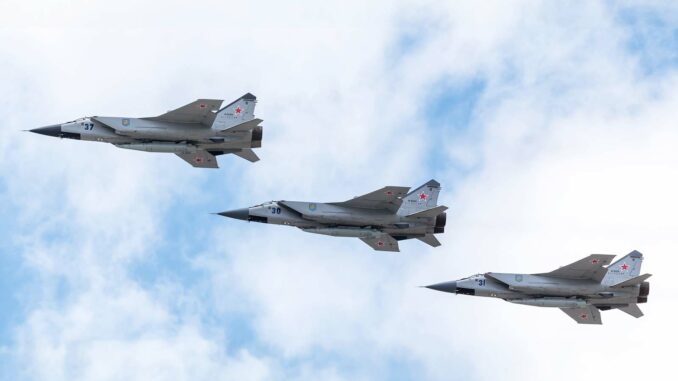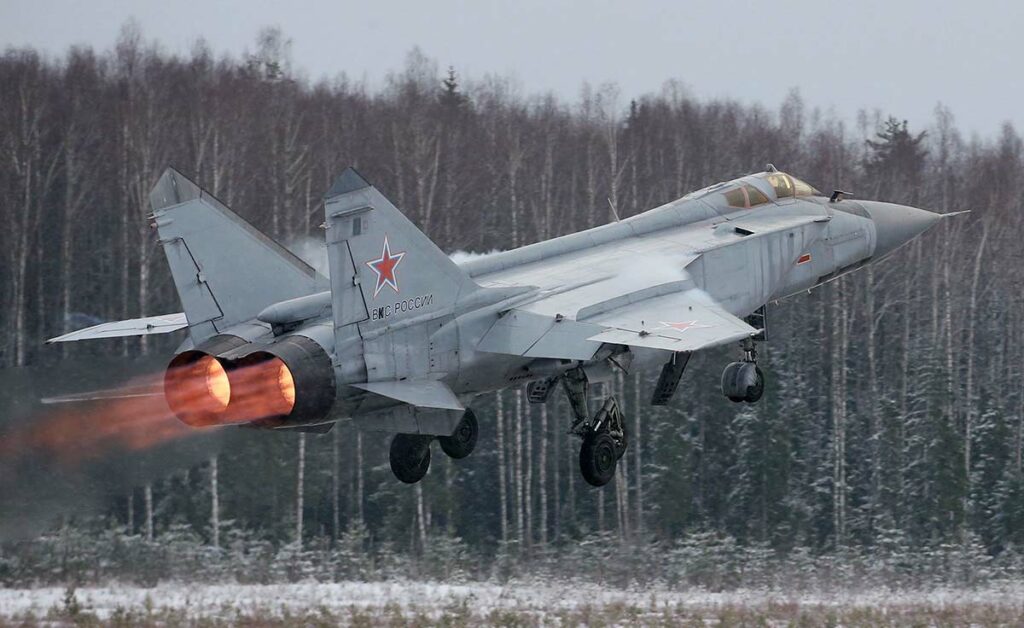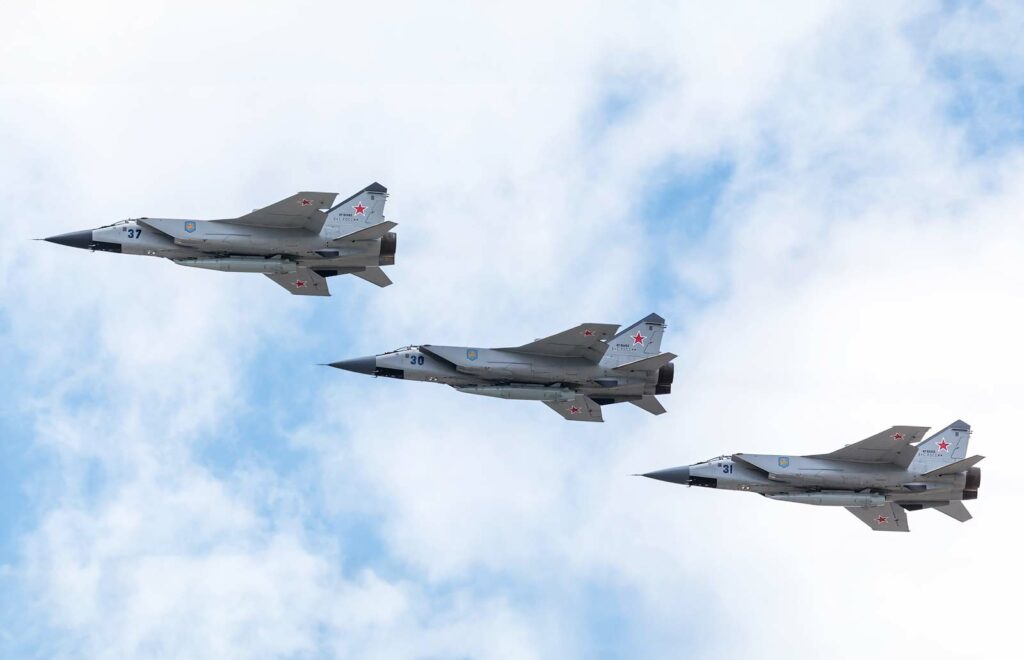
Russia’s use of Western components in its military aviation analyzes its economic and geopolitical consequences.
In 2023, Russia invested heavily in military electronics, particularly for its air requirements, spending around 3.6 billion euros. This funding was used to integrate over 2,000 components from 200 companies from 22 different countries into the manufacture of its fighter aircraft such as the Su-27SM3, Su-30SM, Su-34, Su-35S, Su-57 and MiG-31I. This situation raises significant questions about the implications of these imports for international security and the regulation of technological exchanges in times of conflict.

Analysis of Russian military spending on electronics
In 2023, Russia has allocated approximately 3.6 billion euros to acquire electronic components to support its military air programs. This substantial sum reflects Moscow’s ongoing effort to modernize and maintain the competitiveness of its air fleet in a tense geopolitical context. The data indicate a notable dependence on foreign technologies, highlighting a vulnerability in the Russian military supply chain that exploits loopholes in international regulations on trade in sensitive technologies.
The MiG-31I and its role in the Russian arsenal
The MiG-31I, indicated by the suffix “Ishim”, is the latest platform for the Kh-47M2 Kinzhal hypersonic missile. This update of the MiG-31K includes an automated system for precise positioning of the aircraft without human intervention. The development and implementation of this type of aircraft illustrates Russia’s technical advancement in strategic weapons delivery, while highlighting its ability to integrate Western technologies into advanced weapons systems.
Implications of importing Western components
The integration of Western components into Russian military aviation presents complex dilemmas for Western countries. On the one hand, it highlights the ineffectiveness of sanctions and export controls designed to limit Russian military capability. On the other, it exposes the duality of civilian technologies that can be diverted to military use, posing significant challenges for international regulation and non-proliferation.
Advantages and disadvantages of using Western components
Advantages:
- Increased performance and reliability of Russian military aircraft.
- Increased ability to rapidly modernize existing equipment.
Disadvantages:
- Increased dependence on foreign technologies.
- Risks of sanctions and loss of access to key markets and technologies.

Long-term consequences
The use of Western components in Russian military equipment could lead to a strengthening of sanctions and export control regimes by Western countries. In the long term, this could either push Russia towards technological autarky or further destabilize international relations by intensifying geopolitical conflicts.
The import of Western components for Russian military aviation reveals the growing complexity of dual-use technology management and international sanctions. The situation calls for in-depth reflection on non-proliferation policies and export control measures to prevent the escalation of military tensions and the spread of sensitive technologies.
War Wings Daily is an independant magazine.